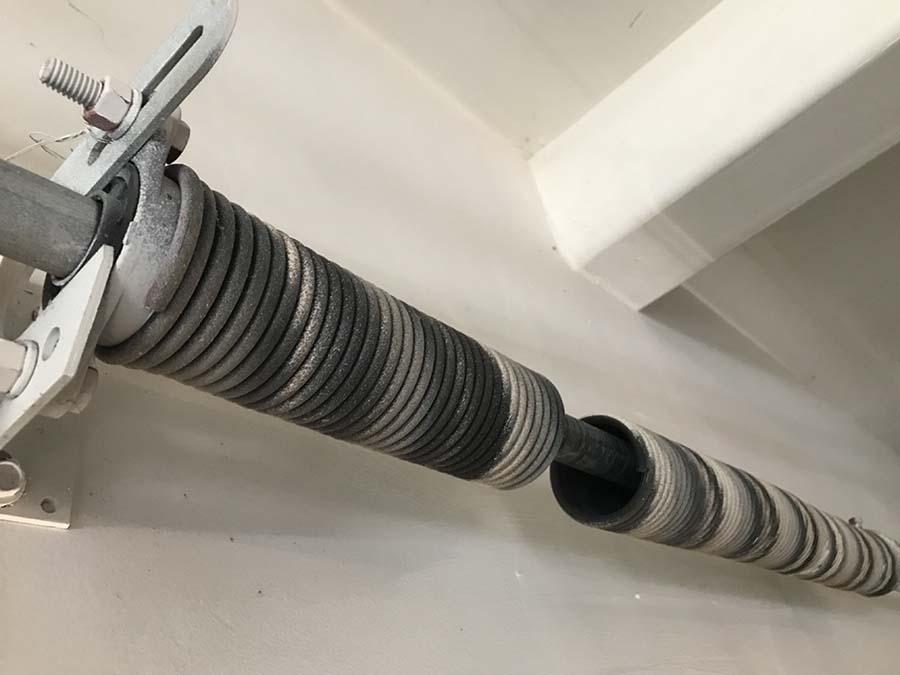Homeownership comes with its share of responsibilities, and one crucial aspect is maintaining the safety and functionality of your garage. While we often take our garage doors for granted, they are intricate systems with various components, including garage door springs. Unfortunately, not many are aware of the potential risks associated with garage door springs, commonly referred to as “garage door spring death.” In this article, we’ll delve into the dangers of these springs and how to ensure your garage remains a safe space for you and your family.

The Silent Threat: Garage Door Spring Death
In the hustle and bustle of daily life, we often overlook the importance of garage door springs. These springs play a vital role in counterbalancing the weight of the garage door, making it easy to open and close manually or with the assistance of a garage door opener. However, these seemingly innocuous springs can turn into potential hazards if not properly maintained or replaced in time.
The Mechanics Behind Garage Door Springs
To understand the risks associated with garage door springs, it’s essential to grasp how they function. There are two main types of garage door springs: extension springs and torsion springs. Extension springs are typically found on both sides of the garage door and stretch when the door is opened. Torsion springs, on the other hand, are located above the garage door and twist to generate the necessary force. These springs are under immense tension, and if they break or snap, they can release that tension with a significant force, potentially leading to accidents or injuries.
The Danger of Spring Failure
When garage door springs fail, the consequences can be dire. The sudden release of tension can cause the garage door to slam shut unexpectedly, endangering anyone or anything in its path. In worst-case scenarios, the force of a spring breaking can lead to what is often referred to as “garage door spring death.” This term highlights the severity of the injuries that can occur when a garage door spring malfunctions, potentially resulting in fatalities.
Ensuring Safety and Preventing Accidents
Prevention is key when it comes to garage door spring safety. Regular maintenance by a professional technician can help identify any signs of wear and tear in the springs. Rust, cracks, or any unusual noises during operation are indicators that the springs might need attention. It’s important to refrain from attempting to repair or replace garage door springs yourself, as their high tension requires specialized knowledge and tools.
Replacing Springs: A Job for the Professionals
If your garage door springs are showing signs of wear or if they’re past their expected lifespan (which is usually around 10,000 cycles), it’s crucial to have them replaced by experienced professionals. Trying to handle spring replacement without the necessary expertise can lead to serious injuries or even fatalities. Professional technicians have the knowledge, tools, and safety equipment to carry out spring replacements safely and efficiently.
Conclusion: Prioritizing Safety
In our daily lives, we often overlook the potential dangers posed by seemingly insignificant components like garage door springs. Yet, grasping garage door spring risks is vital for family safety. Regular maintenance, prompt replacements, and professional help reduce dangers, ensuring home security. Remember, the security of your family and property starts with prioritizing safety in every aspect of your home.



Leave a Reply